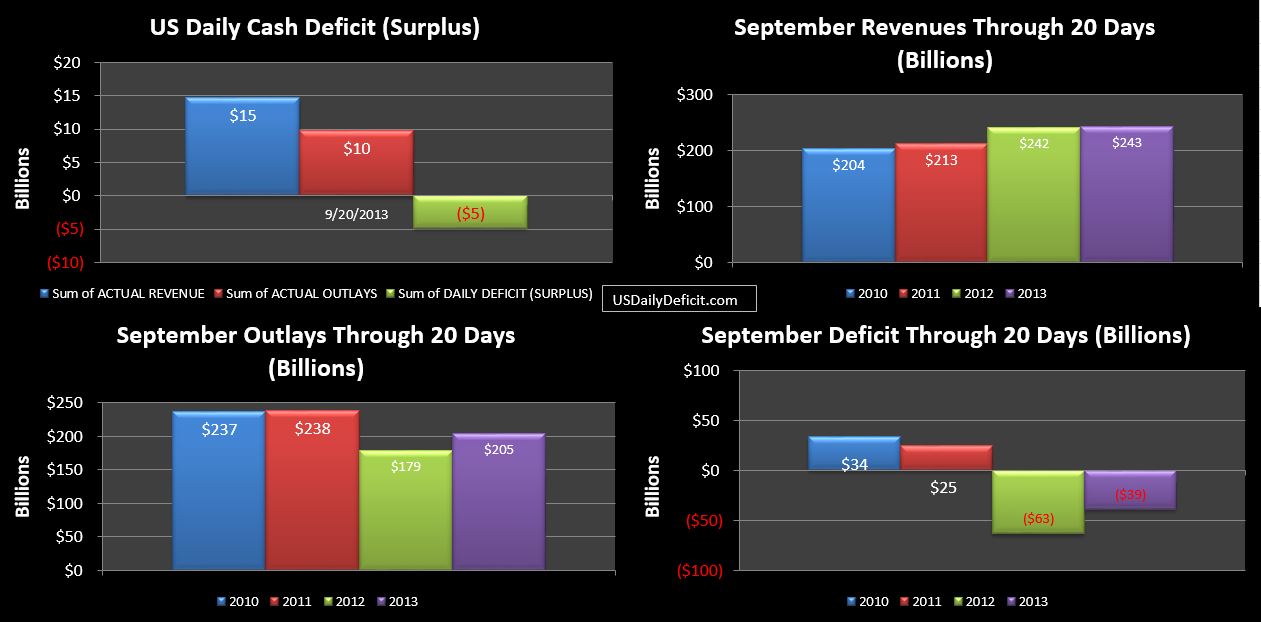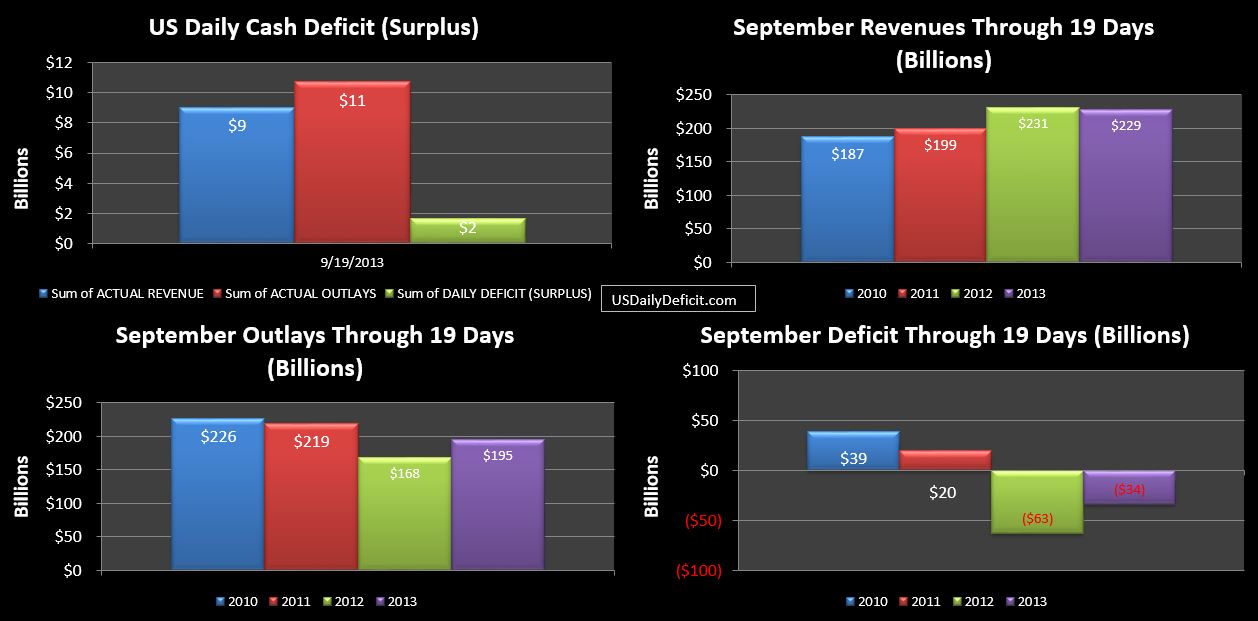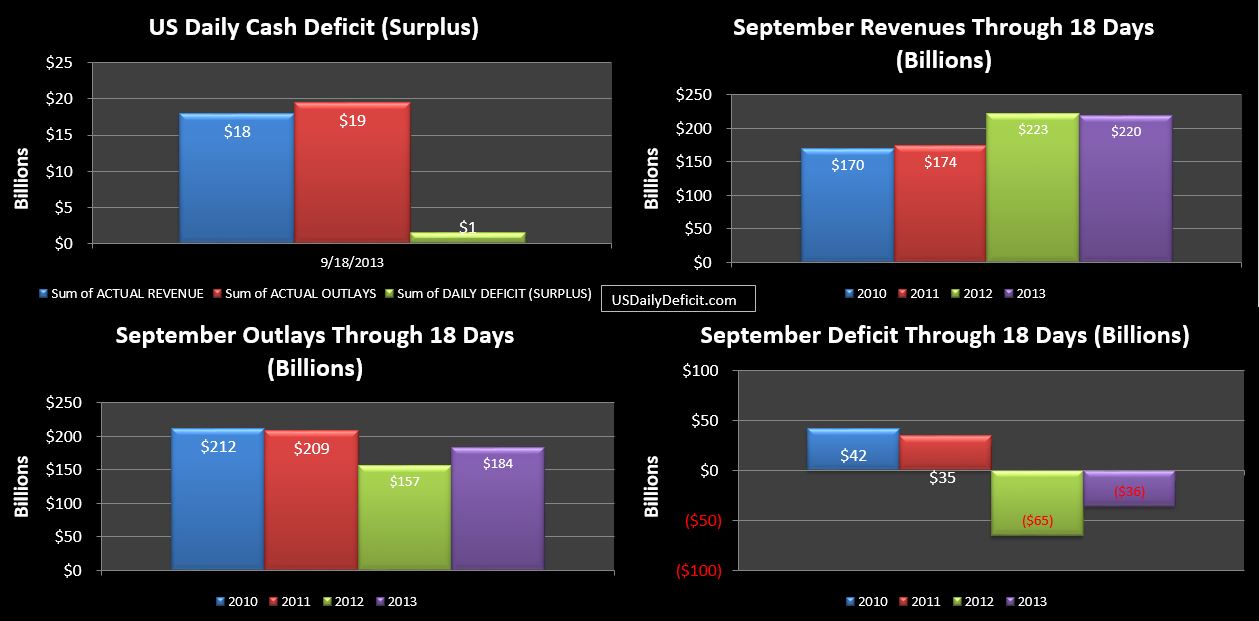From money.com the bill would cut $40B from the program over 10 years. For the math impaired…that’s $4B per year….yawn… But that’s not really the point I want to make. A while back I posted Hungry Kid = Irresponsible Parents detailing the actual cost to provide calories from different staples.
It turned out that providing 2500 calories a day for a month ranged from a low of $12.88 for vegetable oil (probably not a good idea, but a good reference point nonetheless) to a high of $475.26 for T-Bone Steak. More realistic perhaps was rice at $16.31, beans at $38.22, bread at $49.38, and chicken at $77.04.
Now…before someone goes off on how unhealthy all of these things are….since they aren’t organic and have a lot of carbs ect….that’s not what we are talking about. We aren’t comparing healthy diets to unhealthy diets….we are comparing not eating at all (decidedly unhealthy)…kids going to bed with nothing in their bellies….to how much it would cost to get something…anything even…onto that kids dinner plate.
And the answer is not very much at all. Using store brand bread, peanut butter, and jelly, you would be hard pressed to spend more than a $0.25…and that’s with a ridiculous amount of PB.
So here is my hypothesis….Food stamps aren’t really about food at all…they are about I- Phones, $100 a month cell phone plans, and countless other crap that the poor couldn’t afford….were it not for food stamps. It’s welfare…not just for the poor, but for the corporations who peddle them crap they don’t really need. There are 47.6 million people on food stamps per the article…..I’d be surprised if more than a million of them really need food stamps to ensure they have the $2 it would take to cook up a pot of beans and rice to avoid going to bed hungry.
What actually happens is this….any family that has at least one person working has enough money to at least feed themselves and put a crappy roof over their head. How do I know?….because I’ve done it. Not so long ago, while still in college, my wife and I had a monthly budget of $1200, which was about what we made from our two part time jobs. I don’t remember exactly, but we probably made about $7 an hour. That got us a 1 room apartment, food, bills, insurance and gas for two craptacular cars. Hell…we even had cable. It wasn’t the good life, but I surely never went to bed hungry. For the record, this was in back in 2001….not the 1950’s 🙂
So…while tight, the truth is…the simple life doesn’t really cost that much. Now take a family of four on a tight budget, and say they qualify for food stamps…$133 per person, so lets just say $500 per month. What happens now? Assuming they were spending $500 per month on food (doubtful)….now, all of a sudden, this frees up $500 of cash to spend on other things….like maybe a few I-Phone 5S’s and a couple hundred $ per month for an unlimited family plan.
Now…if we called them I-Phone stamps…. it would be hard to justify…but if instead we pretend like the money is only being used to buy food….for people who would otherwise literally be starving to death…well, it’s hard to argue against that. But…the facts just don’t support that story at all. Rather, as I explained in Hungry Kid = Irresponsible Parent, the truth is…99% of the time, if somebody (kid or adult) goes to bed hungry it isn’t because there wasn’t enough money to purchase nourishment, it’s because they (or their caregiver) decided to spend that money on something else instead.
Using the numbers in the article, 47.6M people x $133 per month pencils out to $75B per year….compared to the proposed $4B cut. I have a better idea. Cut the entire program and offset it by cutting taxes by exactly the same amount….a $225 per person credit ought to do it. In it’s place, take $1B to set up a private charity with the mission to feed the truly hungry. Have the president promote it and introduce it to the country, but after the initial $1B…cut it loose to be funded entirely by private donations. For the those truly at risk for being hungry….and not just at risk for making a late payment to AT&T, this organization would provide a monthly allotment of staples like rice and beans, ensuring that nobody in this country goes hungry. For the 46M or so that get dropped off of food stamps(assuming 1.6M are truly in need), well, they will be forced to make better financial decisions, which might just suck for Apple and hundreds of other corporations, but tough cookies….it needs to happen anyway.


